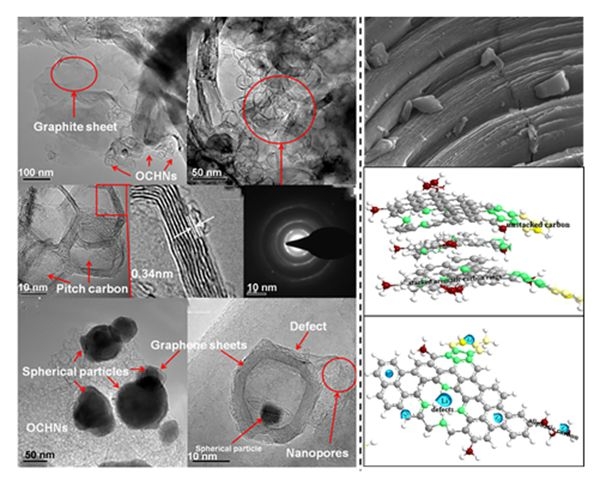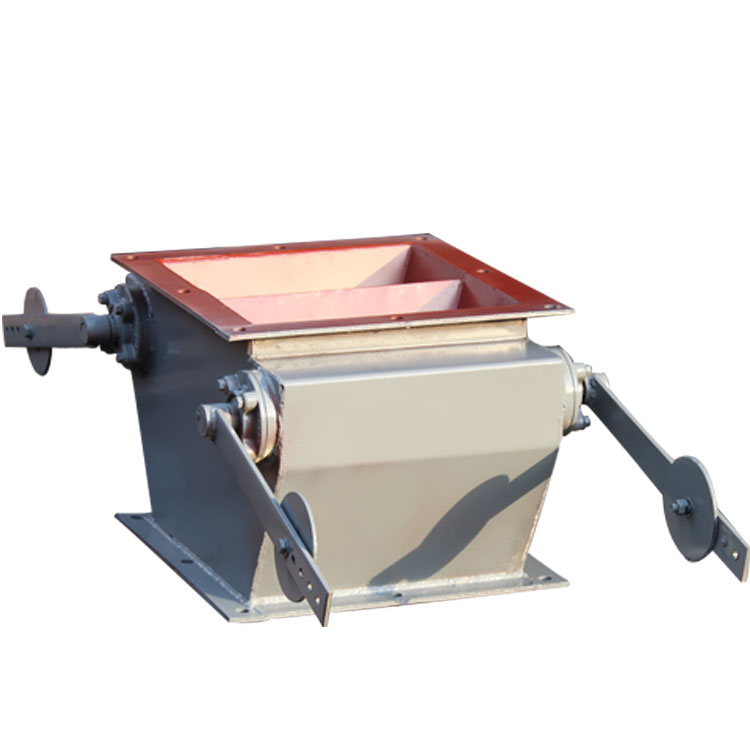The single and double-layer lock air valves mainly use the switches at different times of the upper and lower valves to keep the middle of the equipment in a state where the valve plate is always closed and blocked to prevent air turbulence. If it is under positive pressure delivery, the pneumatic double lock valve can also act as a balancing and booster valve to assist the flow, so that the device can continuously pulsate the feed and at the same time has the function of gas lock to meet the force. The requirements for conveying powdered material. The cement industry is also a lock-in and ash-discharge device for various mills, dryers, silos, silos and closed conveyor systems. The valve is an automatic reset mechanism for the material to open and close automatically under the action of gravity. The hammer has the advantages of stable rotation, energy saving, adjustable discharge capacity, reliable performance of unloading ash and gas lock. There are two kinds of single-door and double-door structure. The single-door double-layer Flap Valve has good sealing performance; the double door double-layer flap valve has a large amount of ash discharge.


Flap Valve
Tipping Valve,Flapper Valve,Double Flap Valve,Stainless Steel Flap Valve
Botou Ever Lucky Environmental Protection Machinery Co., LTD , https://www.dustcontrolling.com